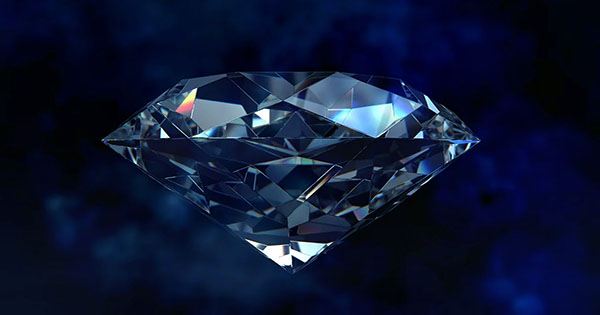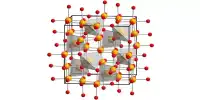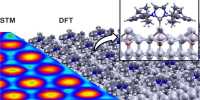There is a reason we use diamonds as a criterion of hardness. The glittering gemstones contain about 70 gigapascals (GPA) of the highest confirmed Vickers hardness (VH) of any natural material and are also named after the Greek word “indomitable”. Okay, we’re afraid it won’t cut it anymore. Chinese scientists have created a new carbon called AM-III and it is the hardest and most powerful amorphous material known to date.
With a VH of 113 GPA, it is literally tougher than diamonds – and almost stronger. “The materials exhibit outstanding mechanical properties comparable to crystal diamonds, and the hardness and strength of AM-III surpass any known amorphous material,” the researchers explained in their study, published last week in the journal National Science Review. “The emergence of this type of ultrahard, ultrastrong, semiconductor [amorphous] carbon material offers excellent candidates for practical application to most candidates.”
Diamond has a lot of its extraordinary strength and durability due to its highly regular structure – it consists of only a single carbon atom arranged in a tetrahedral structure. Therefore, you can expect that the new even stronger elements will have a similar structure but you will be completely wrong. The team discovered the AM-III buckyballs (a cage of connected0 connected carbon atoms arranged like a soccer ball) until they broke, creating a formless element – this is what AM means in AM-III.
It makes it look like a diamond – it’s actually like glass. You may have heard that glass is actually liquid. It’s not, but it’s not exactly hard either: it’s another of these strangely formless solids. What this means is, for glass and for AM-III, there is no long-term order of molecular structure molecules are not as chaotic as you would see in liquids, but they are also not regular and you order as a solid find.
This means that you end up with an element that is rigid in every practical sense, but whose molecules can actually rotate over time – albeit really, really, really long time. One of the many proposed applications of AM-III uses this glass-like quality directly: it has been suggested that the new material could be used to make bulletproof windows that are 20 to 100 times stiffer than current technology.
















